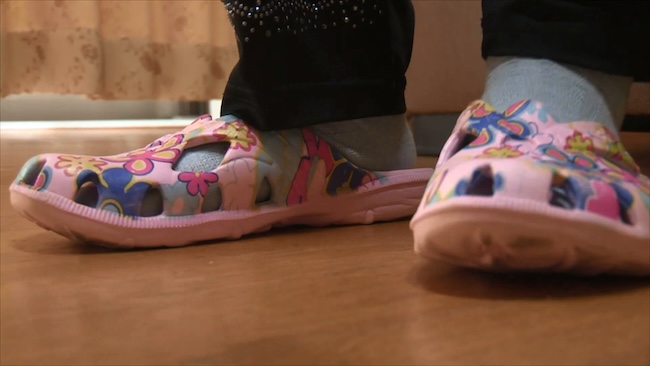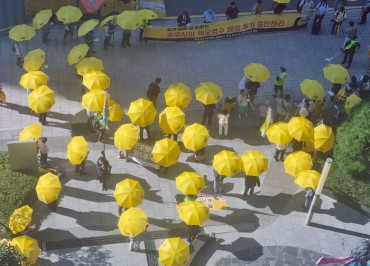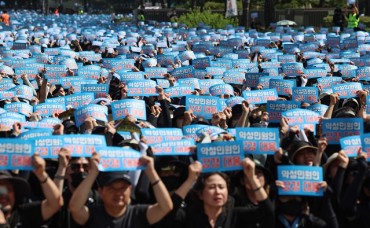INCHEON, Nov. 1 (Korea Bizwire) – An individual identified only as A, residing in a multi-unit house in Incheon, struggles to sleep due to recurring upstairs noise generated every morning. Over time, this individual developed a sleep disorder, with daily life becoming chaotic. As the noise problem showed no signs of improvement, the individual sought assistance from the Conflict Management Healing Center in Bupyeong district.
Among the neighborly conflicts that have occurred in Incheon over the past three years, noise-related disputes have taken the lead.
According to the Bupyeong-gu Conflict Management Healing Center, there were a total of 812 neighborly disputes reported in Incheon from April 2020 to August 2023. When categorized by dispute type, noise-related conflicts topped the list with 474 cases, accounting for 58.4 percent, followed by water leaks with 112 cases (13.8 percent), garbage issues with 66 cases (8.1 percent), and conflicts related to pets with 52 cases (6.4 percent).
The Conflict Management Healing Center explained that noise is the most common source of disputes in everyday life, regardless of housing type, with inter-floor noise issues such as the sound of walking or running from upstairs being the most prominent problem.
In contrast, disputes related to water leaks tend to occur more frequently in multi-house units than in apartments and are more prevalent in older buildings rather than newer constructions.
The number of disputes related to pet animals totaled only six cases in 2020, ranking fifth, but it has climbed to third place this year with 13 cases.
Other types of disputes included smoking with 31 cases (3.8 percent), parking issues with 24 cases (3 percent), and various other disputes with 66 cases.
Categorized by housing type, apartments were the most common, accounting for 389 cases (47.9 percent), followed by multi-unit houses with 235 cases (28.9 percent), officetels with 78 cases (9.6 percent), multi-family houses with 25 cases (3.1 percent), and detached houses with 19 cases (2.3 percent).
M. H. Lee (mhlee@koreabizwire.com)







